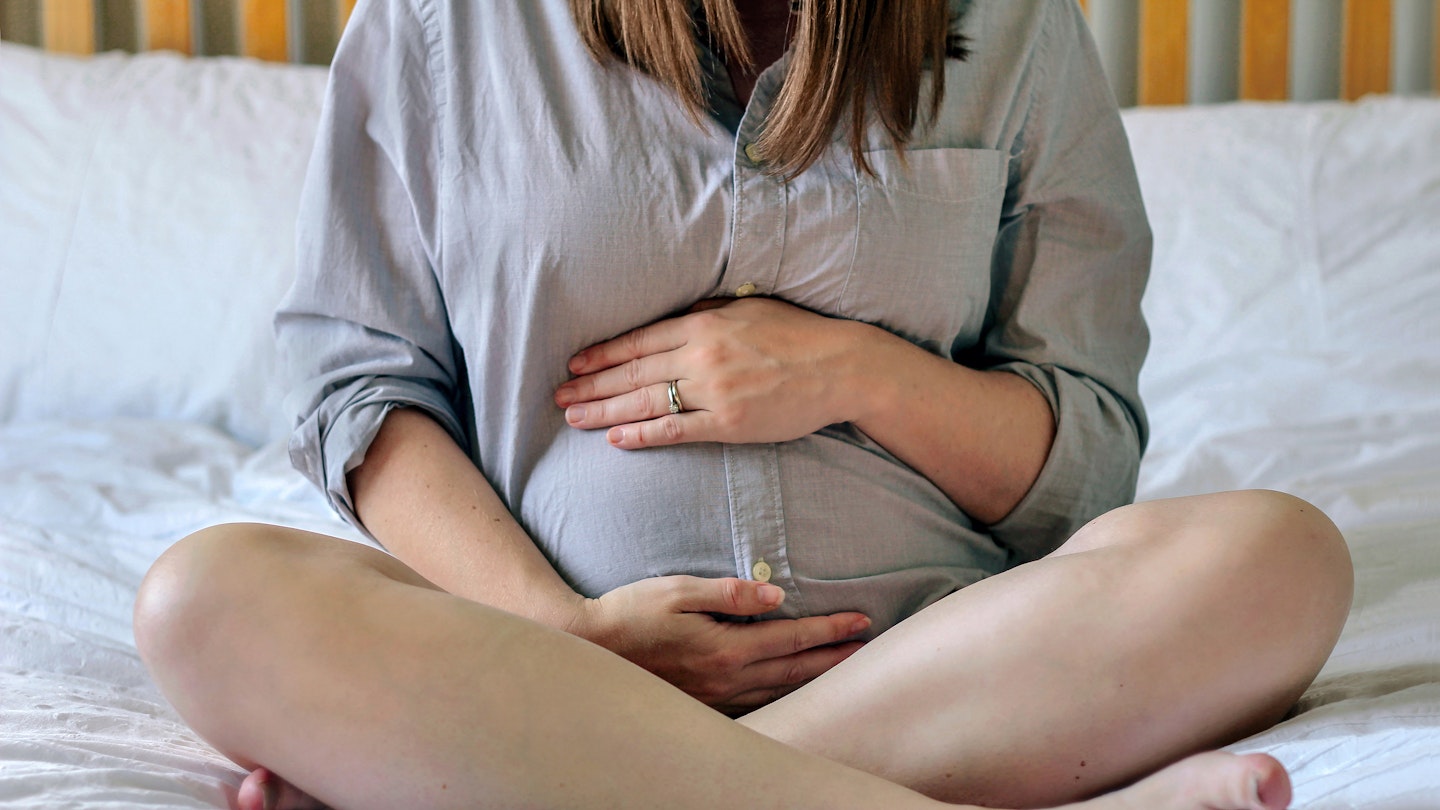There are typically three questions that everyone will ask once you’veannounced that you’re pregnant: when are you due? Do you know what you’re having? and where are you having it?
On this last point, you will quickly discover, everyone has their own opinion which they’re sure you need to hear but, as the place where you choose to birth can affect how you feel during labour, which in turn can have a big impact on how labour evolves, the choice really should be yours to make.
In this article:
Giving birth at home
Having a baby in your living room, or even in your own bed, sounds like a scary prospect for many mums-to-be - the sort of thing that might only happen if your baby arrives unexpectedly before you’ve had a chance to make it to hospital. It’s very rarely a positive choice for mums now, and often when women tell family or friends they are considering birth at home they will be met with worried looks – this could be one reason why only around 2.1 per cent of UK women had their babies at home in 2017.
However, while home birth is seen as a ‘minority choice’ and the number of women who opt for a home birth is small, the satisfaction rates are high. Not only is having a baby at home very safe, but it’s also a choice that many women find hugely enjoyable – even life-changing.
Being at home can mean less disruption to the flow of labour, more freedom to move about, sleep, eat and focus and even reduces those little worries like who will walk the dog or feed the cat!
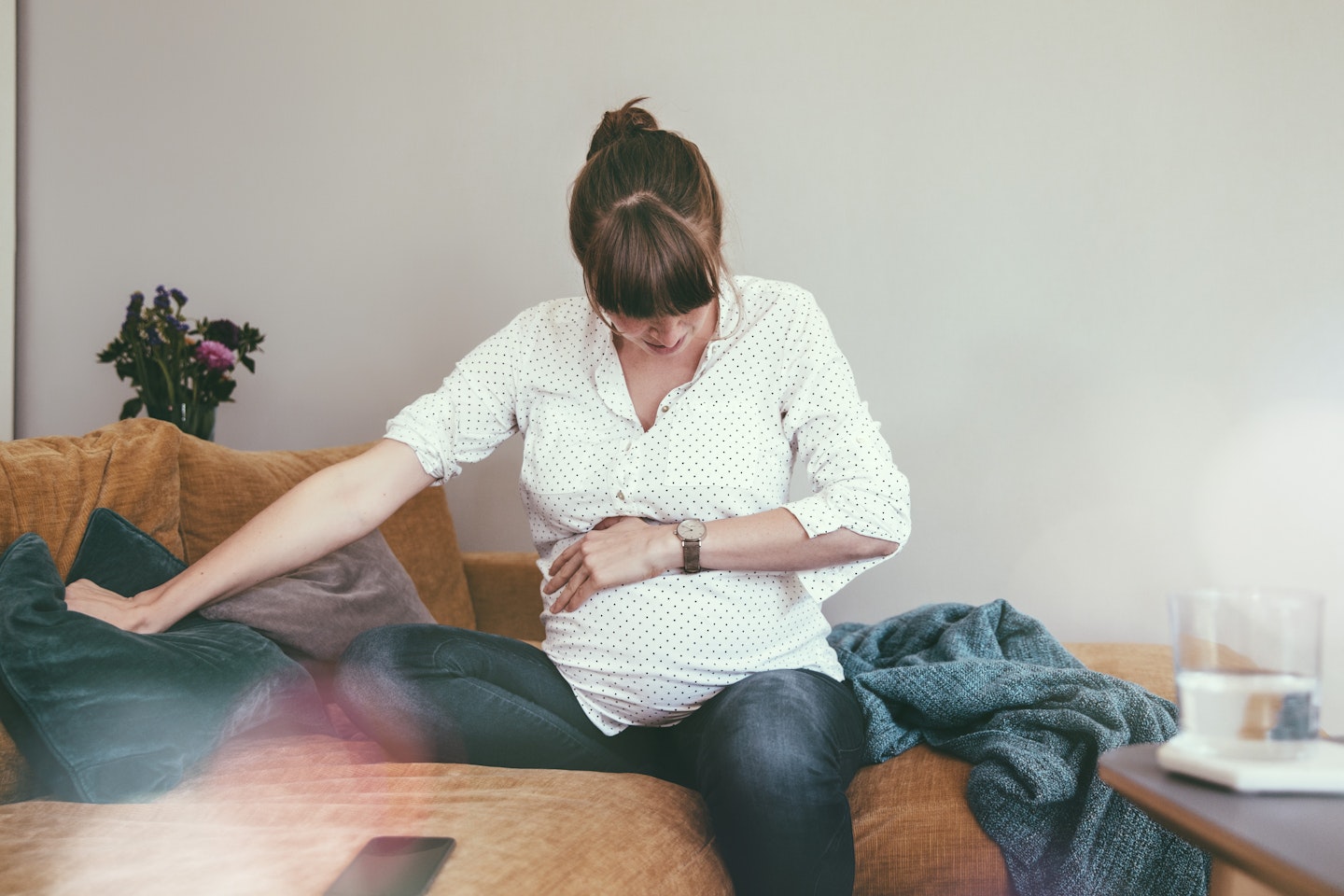
Are home births safe?
Many people believe that the safest place to give birth is the hospital, but a closer look at the UK NICE (National Institute for Health and Care Excellence) guidelines, which are based on the best possible evidence, might just shock you. They state that for healthy women with a low risk of complications, giving birth in any location is very safe. However, they go on to state that for low-risk women, planning a birth either at home or in a Midwife-Led Unit (MLU), is safer than a hospital birth in terms of avoiding major medical interventions. Caesareans, episiotomies, instrumental births and serious tears all happened less frequently to women who planned a birth at home or in a MLU. It is important to note, however, that this research looks at where women planned to give birth, not where their babies were actually born in the end.
Can I have a home birth?
This depends on a few things. The evidence above also varies on first and second babies. If this is your first baby, the evidence says that a planned home birth is still a safer choice for you, but it might be slightly less safe for your baby: the chance of an ‘adverse outcome’ (stillbirth or serious harm) rises from five in 1,000 in an obstetric unit to nine in 1,000 for babies whose mother planned to give birth at home. First-time mums are more likely to need transfer into hospital during labour but, because labour will have started naturally and interventions and drug use will have been minimal at home, you might find the hours spent in hospital more manageable.
Low-risk women planning a home birth with their first baby are statistically less likely to end up needing interventions such as forceps, ventouse or a Caesarean sectionthan those planning to birth in an obstetric unit. This might be because, as well as keeping adrenaline lower, having one to one care from a midwife throughout your labour is more likely than in a busy labour ward.
For those having their second or subsequent babies, planning a home birth is just as safe as hospital for their baby. We don’t know why there is this slight increased risk for the baby for first-time home birthers, but if this is your first baby then you may wish to consider this, weighing it up against where you personally will feel safest and most confident.
What if I'm high risk?
All of this evidence applies to low-risk women, but what if you are classified as ‘high risk’? This can be down to an underlying health condition, such as having a high BMI, diabetes, pre-eclampsia, abnormal scans, having had a previous caesarean, [expecting twins]{href='https://www.motherandbaby.com/pregnancy/week-by-week/' } or and if your baby is breech.
If you are high risk, you might be told you’re not allowed a home birth, but it’s important to remember that you are free to give birth to your baby wherever you wish, and that many high-risk women have had successful home births. You should feel that you’re being treated as an individual and that the higher risks of interventions (if you give birth in hospital) are taken into consideration.
A common over-simplification is that home birth is ‘dangerous’ because ‘something could go wrong’. But midwives are birth experts who are trained to deal with any emergencies, and the vast majority of complications can be spotted in plenty of time to make the journey to get medical help. It’s true that you are quite likely to transfer to hospital from a home birth if this is your first baby – around 45 per cent of first-time mums transfer during or after the birth, compared to just over 10 per cent who have had a baby before.
However, the vast majority of these transfers are not full-scale emergencies. Most often, women go to hospital because they decide they actually want an epidural, or because they are tired and their labour is not progressing. A small number of transfers happen after the birth, too, if there are concerns about mother or baby that cannot be dealt with at home. As you make your choice, consider your journey time to a hospital. One of the factors that makes home birth very safe in the UK is that most of us are within easy reach of medical help.

Babies of first-time mums planning a home birth are more likely to have a poor outcome (9 per 1000 as opposed to 5 per 1000 for babies born in an obstetric unit, alongside midwifery unit or freestanding midwifery unit) so you need to weigh this up alongside the benefits for you, and your emotional feelings about hospital versus home.
Ultimately in the UK, birth is generally very safe for low-risk women wherever they plan to have their baby, so make sure that you chat to your midwife about all available options and then choose the one that feels right for you.
The benefits of having a home birth
Your labour may well progress better because you are at home and this might explain why women in obstetric units have higher rates of intervention. Birth goes more smoothly when you feel really safe and secure, and, for many women, this feeling of security comes from being in their ‘nest’ and away from beeping machines and strangers. At home, they are more able to produce the birth hormone oxytocin, which we make more of when we feel warm, cosy and uninterrupted. Oxytocin is counteracted by adrenaline, which we produce when we are fearful. This might explain why some women find their labour ‘stalls’ when they go into hospital, and why those who have home births often feel empowered and strong, and in less need of pain relief.
Katie Meek, from West Lothian, gave birth to son Frederick at home: ‘Everything went as we had planned and we were completely in control and respected. I was made to feel like Superwoman!’ Many women also talk about the blissful feeling of having their home comforts: ‘It was so empowering to be in tune with my own body, and have my children and loved ones there with me,’ Kirstie Bradley-Herd from Lincolnshire describes, adding, ‘Getting into my own bed three hours after birth felt amazing!’
Real mums experiences: 'Why I chose a home birth'
‘My homebirth was so empowering; I’ve never felt so in control of my body, my life, or my situation. My only regret is not having a birth photographer present.’ Nitisha Dowty, 35, from Milton Keynes, is mum to baby Maya, eight weeks.
‘People often tell me home birth was a brave choice, but I know it was a decision made from an educated place. My birth was on my terms, as birth should be.’ Katy Waithe, 33, from Stockport, is mum to Toby, six months, and Reuben, four.
‘I loved the fact I could get straight into my own bed with my favourite cup of tea afterwards, and have lots of skin-to-skin contact. It was such a life-changing and powerful experience.’ Charlotte Rollinson, 33, from Hertfordshire, is mum to Elliot, two
How to organise the perfect home birth
Let your midwife know it's what you want
Ideally, you should decide well before week 36 so your midwife can make the appropriate preparations. ‘They will leave equipment such as gas and air at your home well before you’re likely to go into labour,’ says Elizabeth Duff, senior policy adviser at the NCT. ‘They’ll take care of all the practicals, so you don’t need to worry about any of that.’
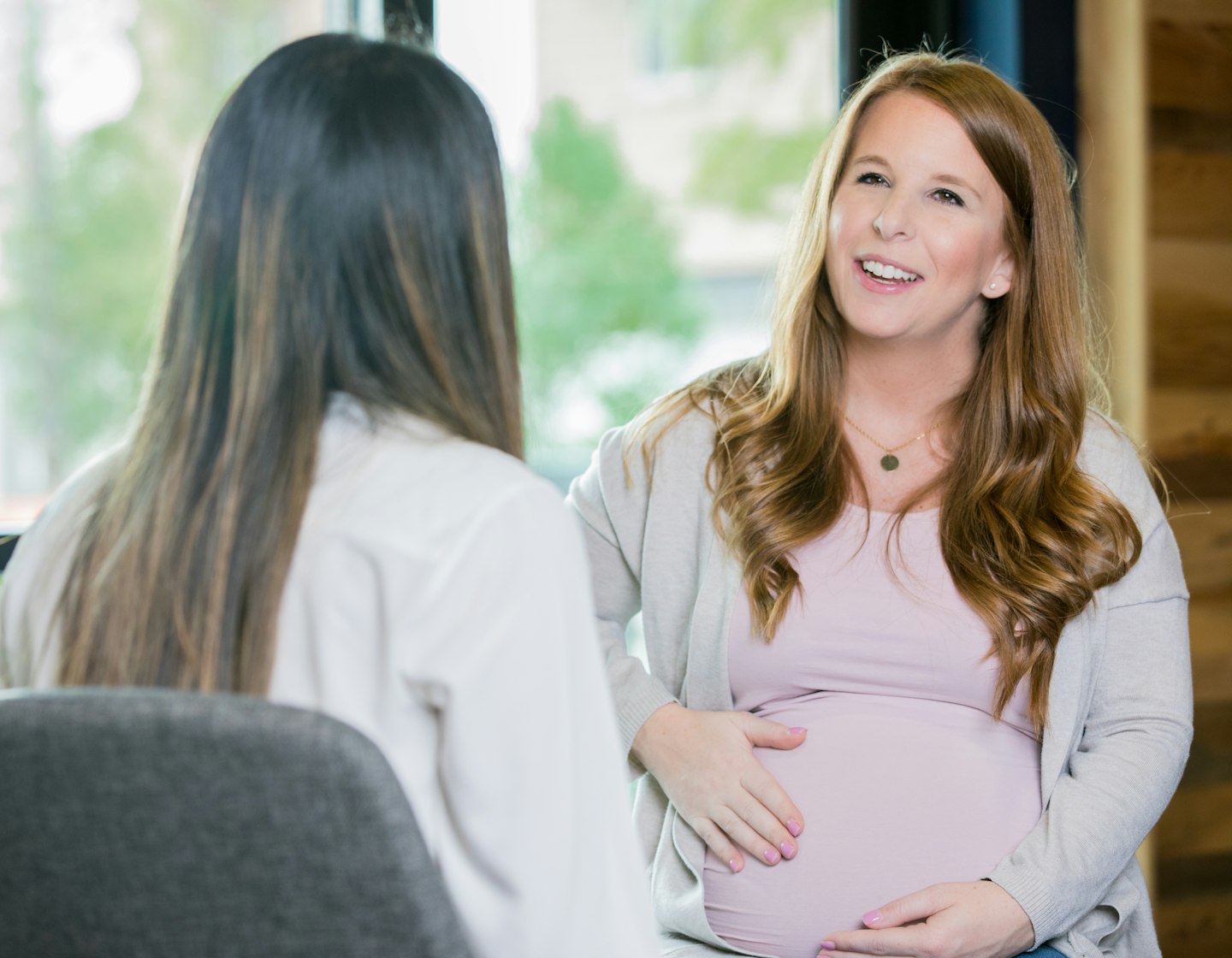
Get in touch with any local home birth support groups
This way you can meet other women planning to have their babies at home and learn useful tips. Your midwife will be able to give you details of these; the NCT also runs groups in some areas.
Stock up on everything you need in advance
‘Think about food snacks and drinks you’ll want, things to tie your hair back with, anything you want for pain relief, such as a TENS machines, a hot water bottle in case you get shivery towards the end of your labour, and something to wrap the baby in,’ says Elizabeth.
Don’t forget a bottle of bubbly to toast the new arrival!
Home birth pool
While not essential, if you want a home water birth, you’ll need to hire a birthing pool. Make sure you do a trial run so you know how long it takes to fill up and how to get it to the right temperature. You need to keep the temperature of the water at or below 37ºC at all times (35-37º is optimum during the first stage of labour and 37-37.5º during the second).
Create the right atmosphere
It doesn’t matter if your living room is messy or needs decorating – what’s important is that you feel comfortable in it. Putting candles around and creating a playlist of your favourite music can help you feel more relaxed.
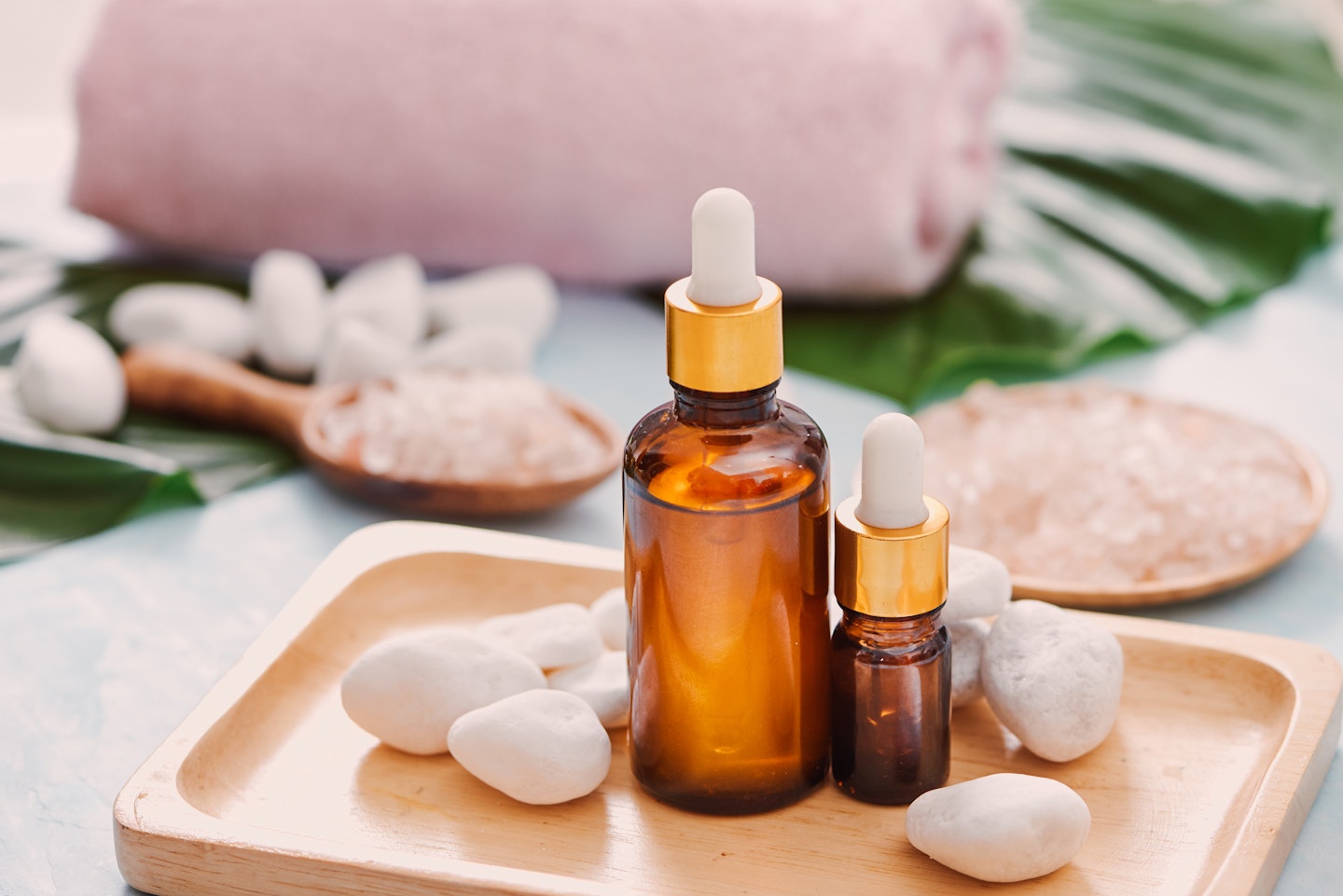
Put everything you need in one place as the time approaches
This should include your birth plan, your TENS machine and massage oils, and make sure you know where other essentials are, from food you might want to your phone charger. Trust us: hunting down your iPod is the last thing you’ll want to be doing during labour.
Prepare for a change of plan
About one-third of women who have home births end up going to hospital, usually for an epidural or because of failure to progress.
‘So have a hospital bag packed in case this happens to you – you won’t want to be scrabbling around for things you need at the last minute,’ says Elizabeth. ‘And if you have children already, have friends and relatives on standby to look after them in case you and your partner have to go to hospital.’
Essentials you need if you're planning a home birth
Jane Munro from the Royal College of Midwives suggests the key items to help you have a good birth experience.
essentials for a better labour
 1 of 11
1 of 111) The phone numbers of your midwives
Keep in contact with them, letting them know when you think you’ve gone into labour and when you think your midwife may need to come round.
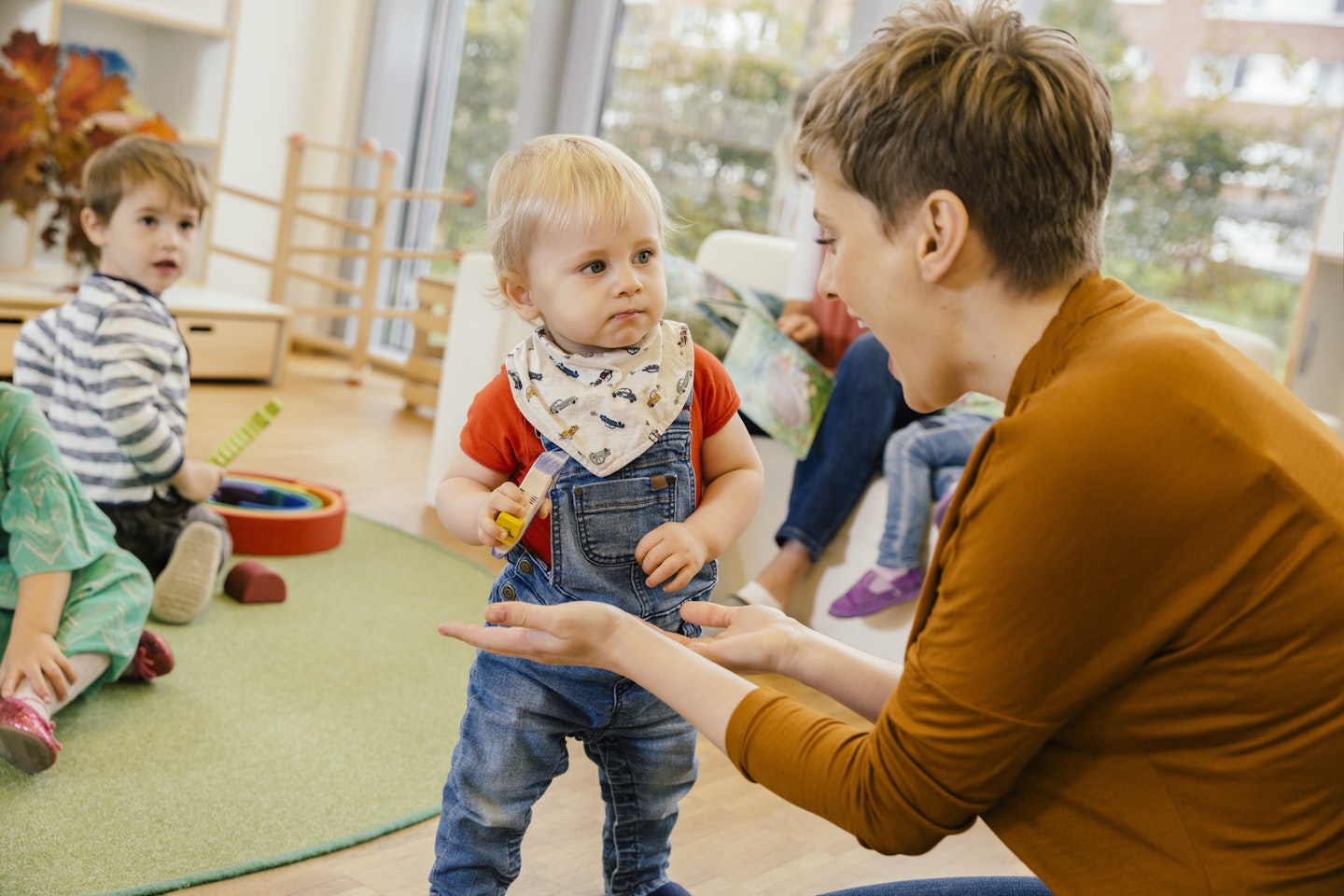 2 of 11
2 of 112) Phone numbers for childcare
If you’ve already got young children, make sure you’ve organised for someone to look after them as you don’t want to have to worry about what your toddler is up to when you’re in the middle of a contraction.
Plus, your toddler may get upset seeing you in pain. But if you do want your children to be around during the birth, make sure there is someone there to supervise them.
Read more: 10 rules for introducing your toddler to your new baby
 3 of 11
3 of 113) Music, essential oils and pillows
Creating a soothing environment can keep you calm while you’re labouring. Cushions or pillows will provide somewhere for you to lean on or against, you can burn essential oils to create a relaxing atmosphere, and don’t forget to create a labour playlist with songs that can keep you positive and motivated.
Read more: How to make the best birthing playlist ever
 4 of 11
4 of 114) Protective coverings
Get some plastic sheeting to cover your floor, furniture and the bed. Although labour isn’t that messy, it’s safer to have everywhere covered so you can give birth wherever is comfiest.
 5 of 11
5 of 115) Towels, blankets, and flannels
Lay old towels and blankets over the top of the plastic sheeting so it’s soft and comfortable to lie and kneel on. The flannels can be dampened and draped across your forehead to act as a cooling compress during labour.
 6 of 11
6 of 116) Drinks and snacks
Keep your energy levels up by having plenty of food and drink available – and not just for you. Handy snacks that your birth partner can also share will help keep both of you going.
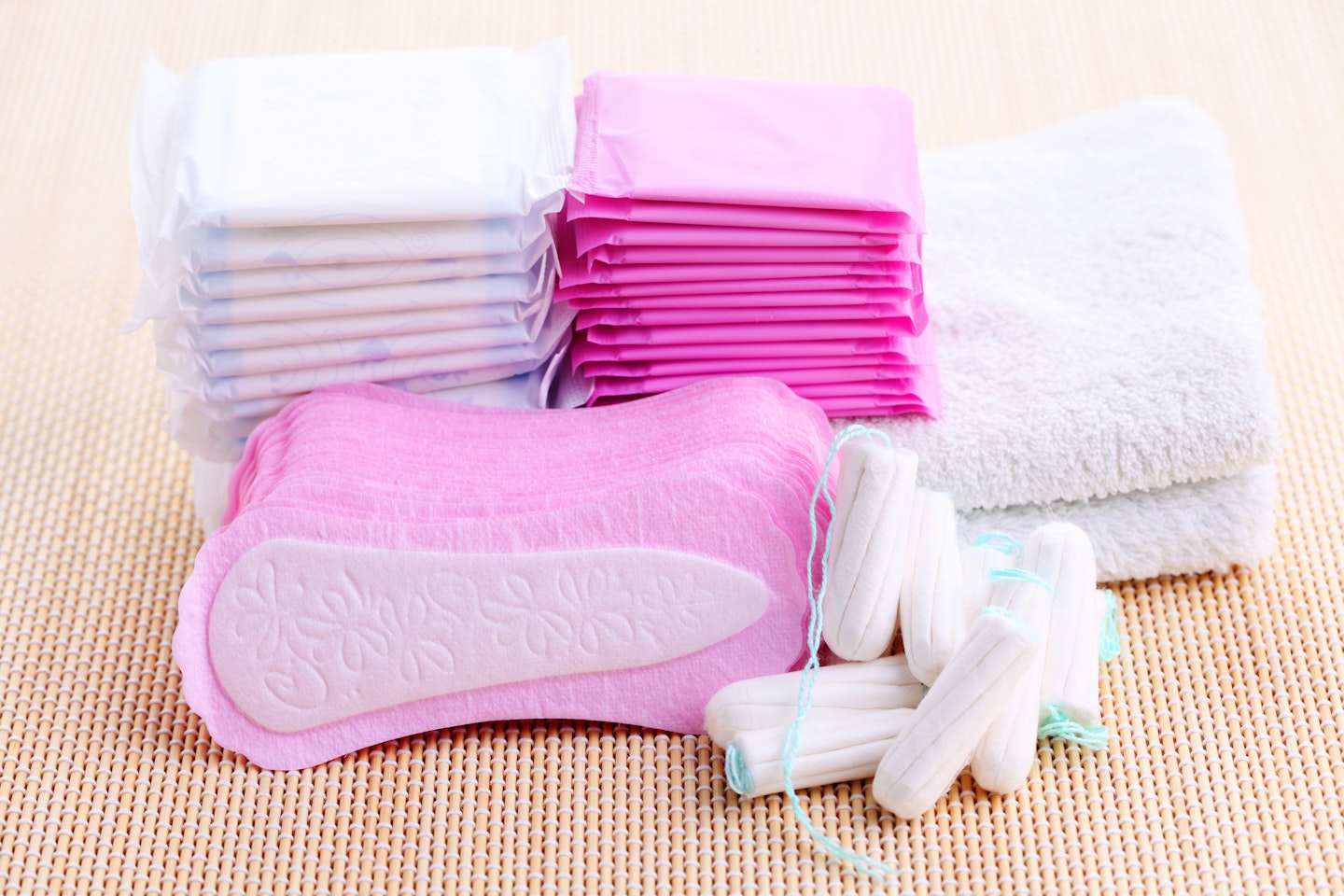 7 of 11
7 of 117) Maternity pads
After you give birth, you’ll continue to bleed heavily for the first few days – this is known as lochia. Make sure you get proper post-birth maternity pads as they tend to be longer and softer. You may need to change the pads every few hours.
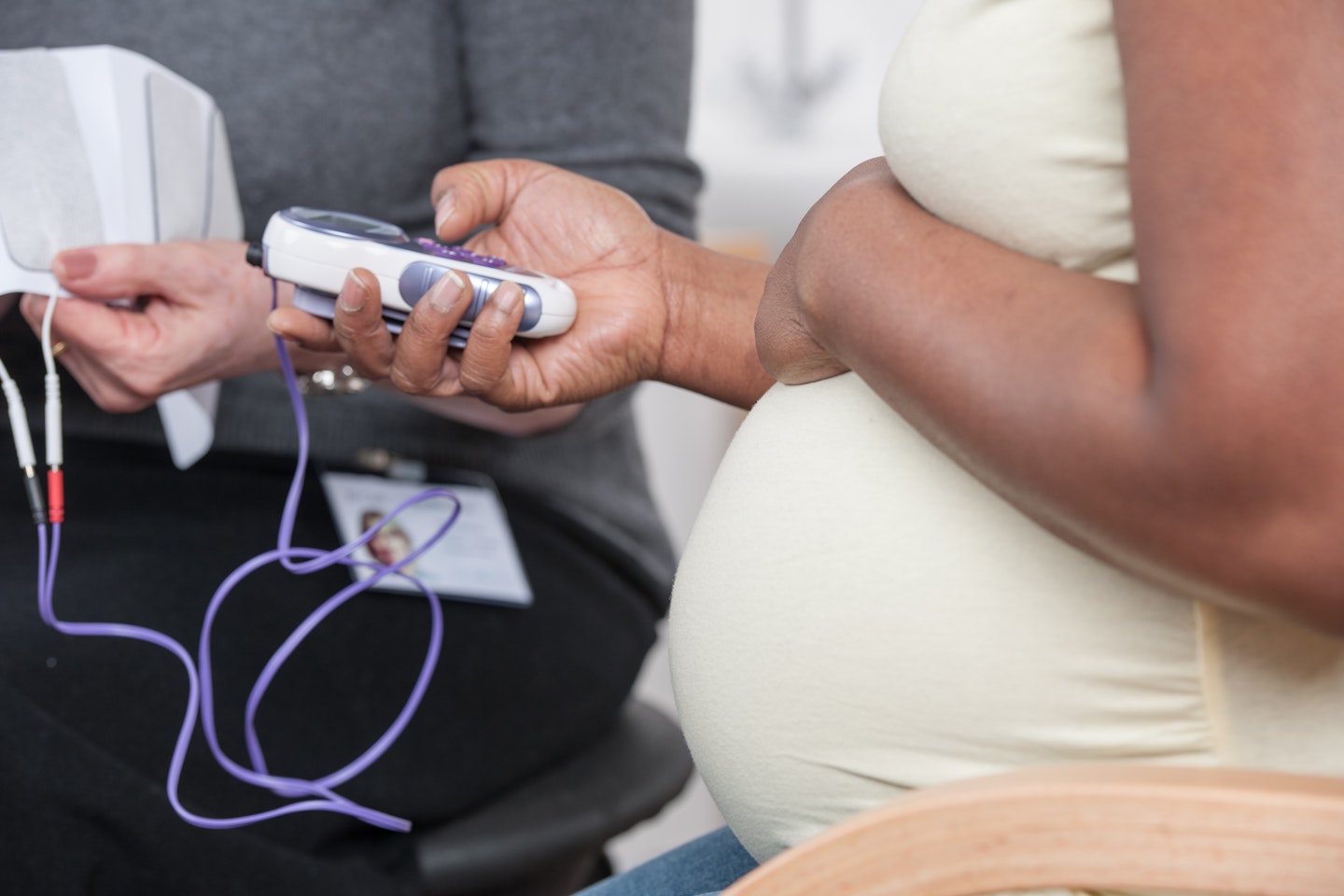 8 of 11
8 of 118) Pain relief
Giving birth at home means your choice of pain relief is limited to paracetamol, TENS machine, a birthing pool (if you’ve organised for one) and gas and air (Entonox) if your midwife has brought a canister of it with her. You could also use a hot water bottle to ease lower back pain.
 9 of 11
9 of 119) Birth ball
An inflatable birth ball is useful for helping you get into different positions, and gently bouncing on it can help to open up your pelvis and encourage your baby to move down into the birth canal.
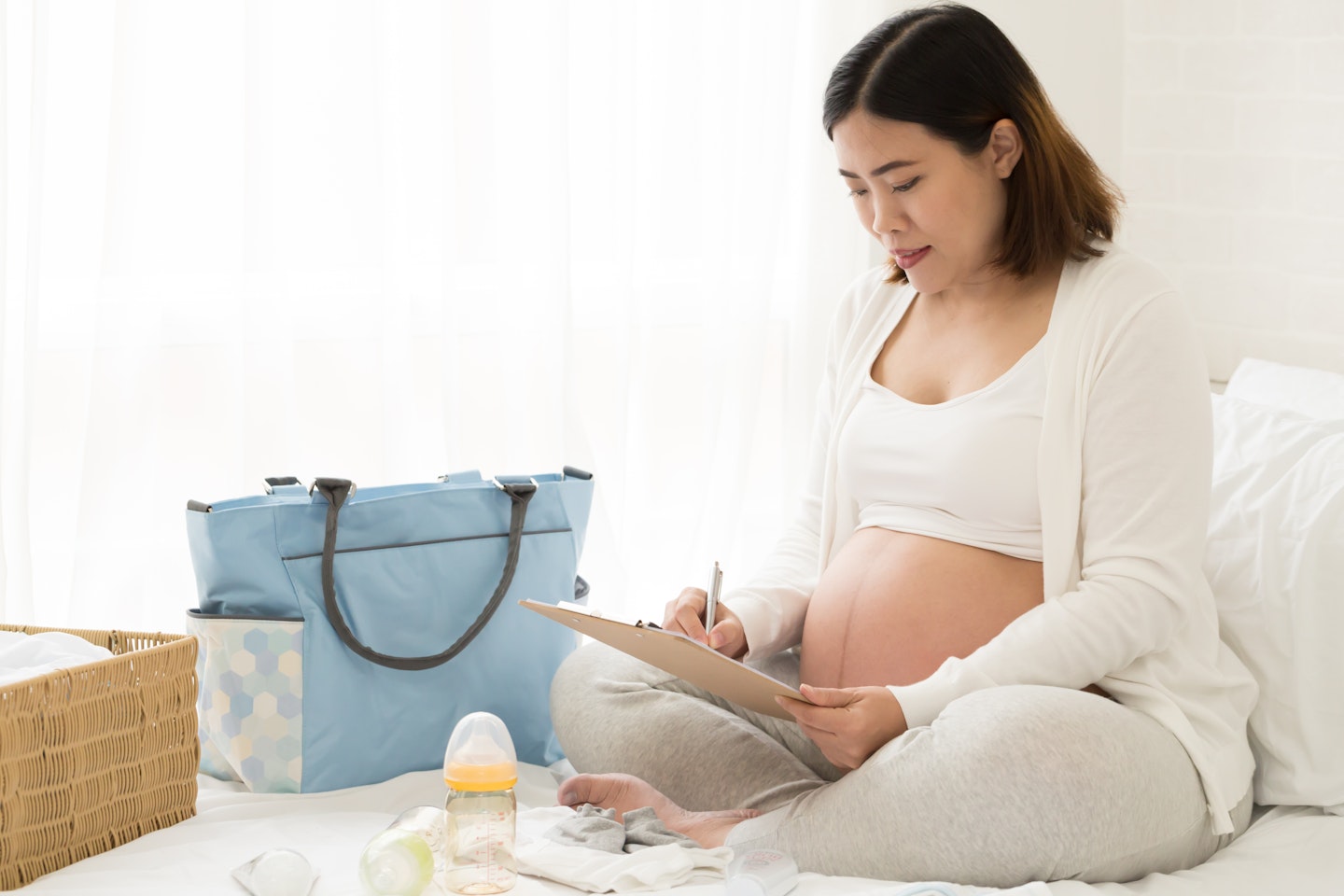 10 of 11
10 of 1110) Hospital bag
Pack a bag just in case you need to transfer to hospital. It should contain - among other things - sanitary pads, a change of clothes, baby clothes and nappies.
Read more: The best baby clothes for newborns
 11 of 11
11 of 1111) Tea and biscuits for the midwives
Have some refreshments ready for your midwives as they could be with you for a while. With any luck, they’ll make you a cup of tea after the birth while you cuddle your baby in bed.
Home birth: what will actually happen
You can choose where you give birth
As long as it’s clean and there’s room for a midwife, you can have your baby in the garden shed! If you want a birthing pool, order it a month in advance of your due date and it will be delivered at 38 weeks.
Everything you need is delivered in advance
Your midwife brings a birth pack at 37 weeks with everything from waste bags to medication and drips. You just need to stock up on teabags!
Two midwives attend
One midwife will join you when you are near full labour. She’s likely to be the one you’ve seen antenatally. A second will assist with the delivery.
The mess is contained
Your midwife puts down a waterproof sheet and absorbent pads for the placenta and fluids.
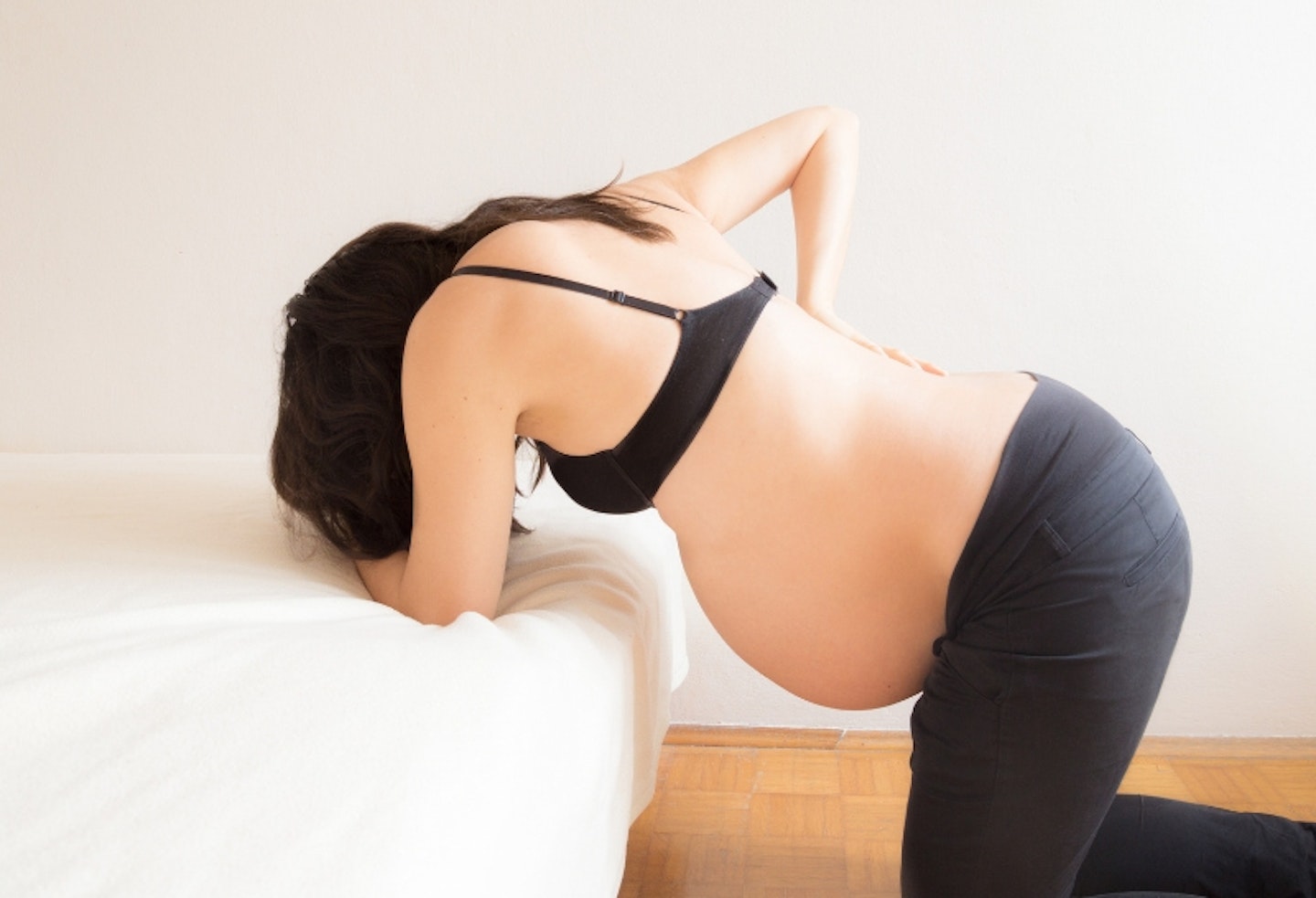
Drugs are on hand
You can have gas and air, and pethidine. If you need help to deliver the placenta, you can have an injection. Your midwife can also give your baby the vitamin K injection, if you wish.
You can change your mind if you want
If you want to go to the hospital at any point, you can, unless you’re in a late stage of labour.
Help is at hand
If labour is not going to plan, your midwife will discuss with you about whether it is best to transfer you to the hospital. Monitoring equipment is used to keep an eye on your baby, so any signs of distress will be picked up. If your baby needs help breathing at birth, the midwife will have the same resuscitation equipment used in the hospital.
Someone else clears up afterwards
Your midwife will take away the post-birth mess in waste bags.
Home birth tips
Baby and child nutritionist Charlotte Stirling-Reed shared her adorable home birth story over on her Instagram account.
Informed choice
If all of this has made you want to birth at home, speak to your midwives, who will want to ‘book’ your chosen birth location. one approach is to book a home birth, even if you are not sure. this way, you can decide during labour where you want to have your baby. you might enjoy being at home so much that you just keep going and have your baby there, but if you change your mind, for example, because you don’t feel safe or you want an epidural, you can easily transfer.
